 The Indian construction tradition is justly famed as it can be traced back to a minimum of five thousand years to the Indus Valley Civilisation. The Indus Valley people built houses, citadels, granaries, ports and docks and public baths, they were great town planners, planning on grid system and were the first to employ drainage and sanitation in their civic planning, something we have achieved only in the twentieth century.
The Indian construction tradition is justly famed as it can be traced back to a minimum of five thousand years to the Indus Valley Civilisation. The Indus Valley people built houses, citadels, granaries, ports and docks and public baths, they were great town planners, planning on grid system and were the first to employ drainage and sanitation in their civic planning, something we have achieved only in the twentieth century.
Then Aryans came, and there is a long gap in between. What we gather of construction activities then is based upon sculpture, books like Mahabharata, Ramayana and Jatak Kathas, and some Shastras like Arth Shastra and Manasara. Then we have a succession of rulers right from Maurya and Gupta periods to the Slave Sultans and mighty Mughals. Then came the British. But there is a difference.
The Breaking of tradition: Earlier, when new rulers came, they brought with them new construction techniques and use of new materials. The pew techniques were assimilated with old techniques. What was good was retained, rest discarded. So the construction activities got a new fillip and were renewed for better.
However, that did not happen with the advent of the British. They got their own techniques and looked upon the Indian ones with disdain, So, there was a total break with the tradition. Later, they realized their folly. Even if they would not have, it was futile to suppress a venerated tradition encompassing five thousand years. Even before the British domination ceased, the famed construction tradition of India had re-emerged. Hence, the relevance and significance of the establishment of FEM Constructions.

The Uniqueness of FEM Constructions: The FEM Constructions was established in 1978 by the people who are thoroughly conversant with the state-of-art building construction! methods, management and techniques as practised in the best of European, American and Japanese countries and also have a continuous and deep experience of actually working on sites with latest equipment and machineries and materials, This expertise is essential to handle any efficient construction activity, in India or abroad.
Another facet to these people was that they were heir to a 5000 year old, continuing and unstoppable meticulous construction tradition of India which could not bedel1ied its rightful place ill their profession. Some of their ancestors had actually worked OQ those structures Which are now considered as great monuments So in their work, a deliberate and thought-out confluence was approached by fusing the Ganga of modern technical methods with the Yamuna of ancient artistic India tradition. The best of both worlds. Something which could have been achieved two hundred years ago was reached now. At FEM Constructions.
The Name of FEM: The word FEM in our name apparently is derived from "fame"! the famed Indian construction tradition. But on a deeper level, it originates from fem (ur), the thigh bone. Man can not remain erect without the femur, and also can not perform many other vital functions of reproduction and regeneration. It stands for healthiness, uprightness, robustness al1d stature.
The thigh bone decides the height of stature of a person. Hence the name. The Contribution of FEM Construcitoins: The results were stunning. The perfect structures were built with micro detailing, in time. Things were done efficiently like a machine but intricate patterns were delineated with the touch of a jeweller. Every structure turned out to be a gem.
The characteristic of FEM Constructions: When FEM Constructions accepts to render a project; it has two basic guiding principles to impart to it: • Durability and • Timeliness. By durability it means that the construction is based on sound basic building principles, employment of appropriate materials in proper ratio, flawless workmanship and faultless finish to result in a structure that will require minimum of maintenance and last beyond its stipulated age, a result of commitment to quality. By timeliness we mean the completion of every schedule on or in time so that no one is inconvenienced, and there is no budget increase due to escalation in cost of labour, material and equipment resulting in utmost economy. The two principles in practice can be exemplified by our projects of Osho Ashram and Apple Heritage.
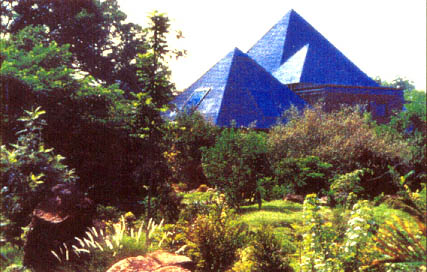
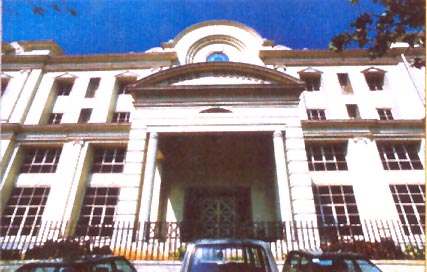 The Osho Commune International as an example of the principle of Durability: The shape of the Egyptian pyramids, the most durable structure in the world was adopted by the Architect Hafeez Contractor for the Osho Commune International at Pune. The crunch lay in building the pyramid at the apex to form a highly durable frame in cement concrete which was ultimately achieved by the FEM Constructions team.
The Osho Commune International as an example of the principle of Durability: The shape of the Egyptian pyramids, the most durable structure in the world was adopted by the Architect Hafeez Contractor for the Osho Commune International at Pune. The crunch lay in building the pyramid at the apex to form a highly durable frame in cement concrete which was ultimately achieved by the FEM Constructions team.
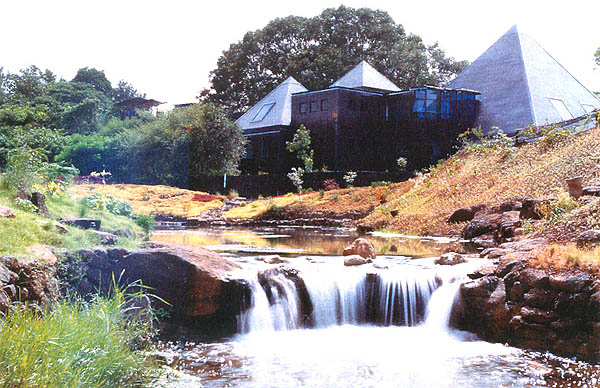
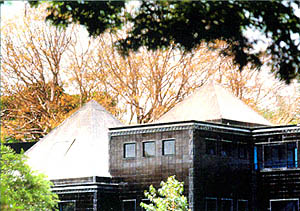
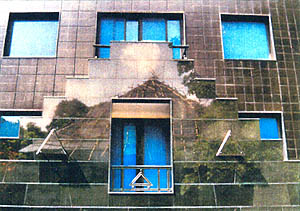
The Great Pyramid at Gizeh is itself an architectural marvel that has never been accomplished again. So when Osho expressed his desire to the architect had a challenge on his hand. And after he designed the Ashram, it was a challenge to FEM Constructions to transform in into reality in accordance with the international standards specified by structural consutants of the Osho Commune.

The structure is 20m high, with all its four sides to be converged at apex perfectly, the slope of the angle being a steep 35 degrees. The project required a high degree of engineering skills coupled with employment of precise construction technique and exact material handling and testing expertise to achieve a durable pyramid structure in RCC. This remarkable feat was achieved by introducing double shuttering with proper reinforcement by part and part. The materials were mixed very carefully to achieve a consistency so that the cement slurry will not run the 35 degree slope. The stone cladding also required perfect cutting and joining. All this was accomplished and in a way it was a humble homage paid to the Great Pyramid, to a great guru, to a great architect, and to the great construction tradition of India.
The Apple Heritage as an example of the Practice of the Principle of Timeliness. When a time bound completion contact was signed with the Apple Housing in 1990 to construct 25,000 sft of built-up area, the monsoon was just waiting to usher in. However, it was essential to excavate the foundation and come upto ground level before the onset on monsoon or loose a minimum of three months. With perfect planning and execution, FEM Constructions was successful in completing the project in time schedule.
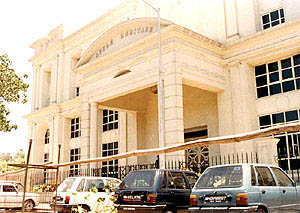
The coiling of Apple Heritage proscenium & The interior of Apple Heritage Atrium
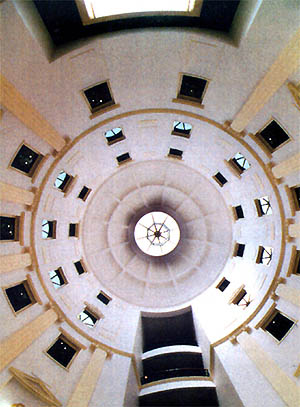
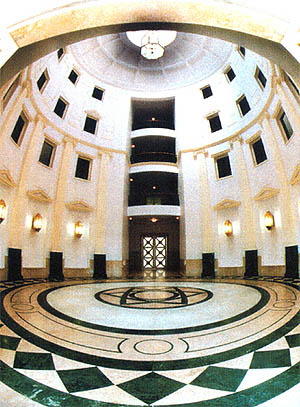
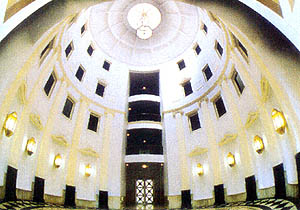
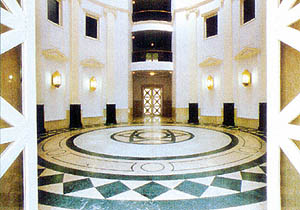
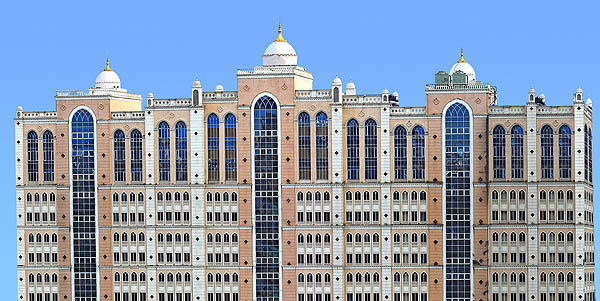
Saifee Hospital at Charni Road, Mumbai.
